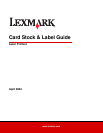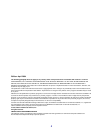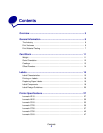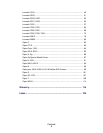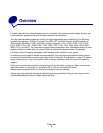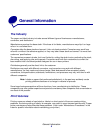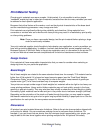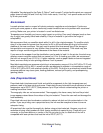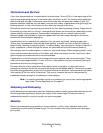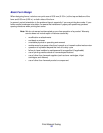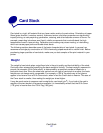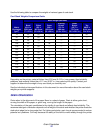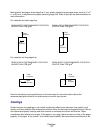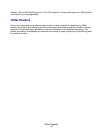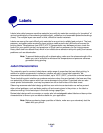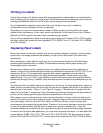
Print Material Testing
8
Adjustable Tray designed for the Optra S, Optra T, and Lexmark T printer families prints on a range of
paper sizes including A6 and 3-inch by 5-inch index cards, 3-inch by 7-inch punch cards and 4-inch
by 6-inch post cards.
Environment
Lexmark printers meet or exceed all industry emission regulations and standards. Continuous
printing on some papers or other media may create fumes that are not a problem with occasional
printing. Make sure your printer is located in a well ventilated area.
Temperature and humidity can have a major impact on printing. Even small changes (such as from
day to night) can greatly affect feed reliability if the print material is just within the range of
acceptability.
We recommend that you condition stock while it is still in the original wrapper. To condition stock,
store it in the same environment as the printer for 24 to 48 hours before printing to let the stock
stabilize at the new conditions. You may need to extend this time several days if the storage or
transportation environment is very different from the printer environment. Thick stock may also
require a longer conditioning period because of the mass of the material.
If you remove the wrapper from the stock before you’re ready to load it in the printer, the stock may
develop uneven moisture content that can cause curl. Prior to loading your stock, we recommend
that curl not exceed 3 mm (0.125 in.). Lighter materials, such as paper labels and some integrated
forms, are more likely to have printing problems if curl is present.
Most label manufacturers recommend printing in a temperature range of 18 to 24°C (65 to 75°F) with
relative humidity of 40 to 60%. Lexmark printers are designed to operate in a temperature range of
15.5 to 32°C (60 to 90°F) with relative humidity of 8 to 80%. Printing in an environment outside these
recommendations may cause jams, feeding problems, reduced print quality, and predispensing
(peeling) labels.
Inks (Preprinted Stock)
Preprinted stock introduces semi-liquid and volatile components to the high temperatures and
pressure used in the laser printing process. Preprinted inks and colorations must withstand a fuser
temperature up to 225°C (437°F) and pressure up to 25 psi without contaminating the printer or
creating hazardous fumes.
Thermography inks are not recommended. Thermography inks have a waxy feel and the printed
image appears raised above the surface of the print material. These inks can melt and damage the
fuser assembly.
Preprinted inks must also be abrasion resistant to reduce ink dust and ink contamination in the
printer. If you are printing over a preprinted area, the ink must be receptive to toner to ensure
adequate fusing.
All preprinted inks must be thoroughly dry before using printed materials. However, we do not
recommend using offset powders or other foreign materials to speed drying. Check with your
converter, or the manufacturer or vendor of the ink you plan to use, to determine if the ink is
compatible with laser printers that heat the ink to 225°C (437°F).



